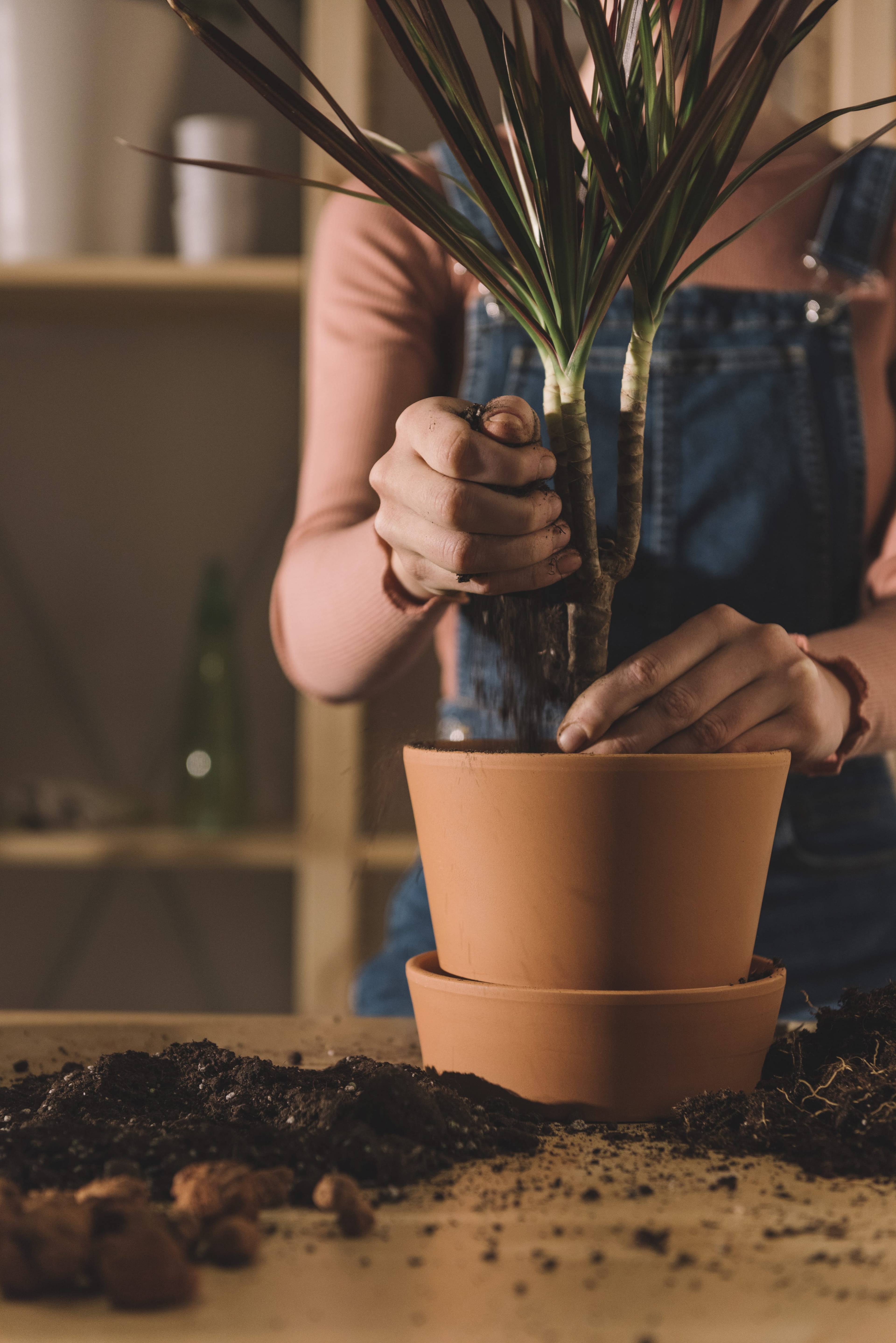Indoor Plant Care 101
Aug 13, 2019
We talk to our plants to cheer them up and encourage them to grow, but did you know houseplants communicate back? You can even figure out how to save a dying plant.
Whether you already have a houseplant or two, or you are starting from scratch, below are some practical tips on indoor plant care.
First, think about your lifestyle and what chores you want your houseplants to do. Do you want them to clean the air, just sit around and look pretty or both? Think about how much light your space gets, as some houseplants love bright light while others thrive in little to low light. (check out our signature low light plants colletion)
Let’s look at a few general guidelines for how to take care of houseplantsand how to save a dying plant.
- Check the plant tag to find out how much light your plant needs. Place your plant away from heat vents and cold drafts.
- Water with room-temperature water when the top one inch of soil is dry. Keep soil consistently moist, but not wet or soggy. Not all plants have the same watering needs, so check the plant tag for watering requirements. Don’t allow your plants to sit in standing water or overwater them. It’s the number one reason houseplants die. (If you're going on vacation, check out our plant care tips before you leave!)
- Feed with a fertilizer made for houseplants monthly from spring until early fall or according to package directions.
There’s a lot to know about houseplants for beginners, but there are a few tricks to learning the language of plants. And we’re here to help. Here are the tell-tale signs you’ve got a dying plant on your hands.

Leaf and Flower Drop
No one likes stress, especially plants. A sign your plant is stressed is dropped leaves and flowers. Stressors include lack of water, overwatering, temperature change, not enough light –you name it. Yellow leaves say “Hold off the water. You’re killing me with kindness.” If the problem isn’t water or something else easy to identify, have patience. Plants take time to adapt to new situations.
Wilting
If your plants’ leaves are wilting, they’re saying “Please water me.” Some plants, like peace lilies, wilt so terribly you’d think it was dead. But don’t worry, it’s just being dramatic and will perk up after a good watering.
Stretching
We’re not talking about yoga here. In the plant world, that means long and spindly stems. The plants are literally stretching themselves toward the light. Some older leaves may fall off. Check on your plant’s light requirements – chances are it just needs more light. It could also mean your plant needs pinching – or pruning. Pinching the top inch of your plant’s stem will encourage it to grow fuller and more beautiful.
Salt Build Up
Have you noticed white stuff on the side of your pots? As you water and fertilize, salts and other minerals can build up. It may cause foliage tips to turn yellow or brown. Watering your plants in the sink and allowing the water to run through a few times helps flush them out. You can use a scrubbing pad on the outside of the pot. And most houseplants like to be repotted once per year.
Brown Leaf Tips
Leaves get brown tips because water isn’t reaching that far. Too little water or too much fertilizer is usually to blame. Make sure you’re watering consistently. Use a slow-release houseplant fertilizer to ensure your plant isn’t being overfed. Follow directions, as more is not better.
What are you waiting for? Go get your houseplant family started with these hard-to-kill plants.






